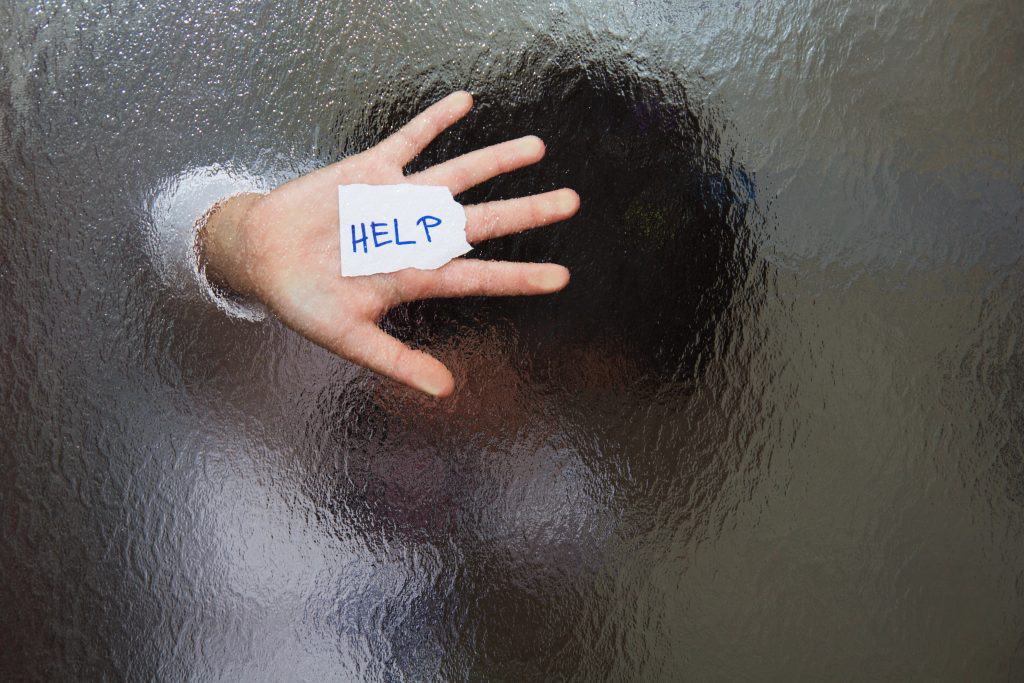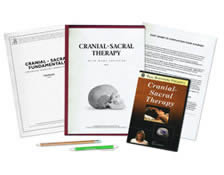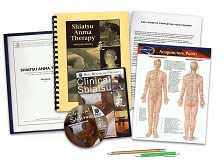

 Want to earn continuing education credit for this article? Learn more.
Want to earn continuing education credit for this article? Learn more.
As massage therapists, we touch the body to help restore harmony and stay fit. Our clients place their welfare, literally, in our hands. Most come to us relatively healthy, asking us to treat specific aches or help reduce stress. Still, there are those arriving with untreated and, often unseen, wounds – wounds perhaps inflicted upon them by others, either physical or psychological in nature.
With the military being so much in today’s news, we are becoming more aware of the high incidence of Post Traumatic Stress Disorder (PTSD) in soldiers returning from combat. Distressed by what they see and experience, they may have difficulty readjusting to everyday life.
In 2006, 14,000 troops were diagnosed with this disorder, whereas only 1632 were diagnosed in 2003. Within four years the number jumped to 40,000 troops. More recently, the U.S. Department of Veterans Affairs reported that 7 out of 100 veterans will have PTSD at some point in their life. With early treatment, chances for recovery are better, but PTSD symptoms may stay with them for the remainder of their lives.
Not only in the military, PTSD is also seen in victims of child abuse, domestic violence, national disasters and other traumatic events. Some individuals heal from these events and lead a normal life, but some carry the burden of the trauma with them forever. The event is imprinted in their body, hidden and locked away.
Researchers believe that, at least in part, imprinted memories of these traumatic events remain as distant echoes of the experience. PTSD symptoms may surface later when something unrelated to the event, triggers a release of the traumatic experience.
What is PTSD?
According to the Diagnostic and Statistical Manual of Mental Disorders, the American Psychiatric Association (APA) considers PTSD an anxiety disorder developed after exposure to, either by direct experience or witnessing, an extreme or overwhelming traumatic event where they felt intense fear, helplessness or horror.
Our anatomy and physiology classes teach us that our nervous systems usually react to threatening situations with a “fight or flight reaction.” But researchers studying PTSD found that some people respond with a “freeze” reaction instead, feeling helpless and hopeless during the trauma. Unable to defend themselves or run away, they, in effect, play dead, becoming numb to the experience. However, the memories of these experiences fade from the everyday.
Sometime after the initial experience, either almost immediately or, in some cases much later, the person shows signs of PTSD, including hyper-vigilance, avoidant behavior, and intrusive thoughts. These affect their everyday lives and those of their families, friends, and co-workers. They may become depressed for prolonged periods, abuse drugs or alcohol, have obsessive/compulsive behaviors, have anxiety attacks, flashbacks, or simply withdraw from ordinary activities.
Bodywork and PTSD
People want massage for various reasons, but you will not usually hear someone say, “I want massage for PTSD.” They may not even be aware of it and instead seek a massage for other reasons such as stress, anxiety, chronic pain or simply because someone gave them a gift certificate.
You then proceed with a full-body Swedish massage, only to find they don’t relax, but remain tense and alert, or completely dissociate from the experience. They may cry or have some other unexpected reaction. Even a thorough intake may not alert you that this person experienced a traumatic event that wounded their mind, spirit, and body.
Even if the event doesn’t directly involve the body, it remembers, on a visceral level, what the mind experienced. In working with the body, we can help heal those wounds. Working with physicians and psychiatric professionals specializing in PTSD, massage therapists can help them be comfortable in their bodies, learn to relax, and be in the present moment.
A Treatment Plan
If PTSD is diagnosed, you can develop a treatment plan that slowly introduces non-intrusive bodywork and leaves them feeling less vulnerable.
Chair massage is an easy way to establish trust between the massage therapist and the PTSD client, with the person clothed and sitting, not lying down. A chair massage can be as complete and relaxing as one on the massage table. Initial sessions might be 15 minutes, and over time, increase to 30 or 45 minutes.
Later you might introduce Shiatsu, bringing the bodywork from a seated position to lying on the floor, still fully clothed. Encourage the client to wear something loose and comfortable.
Your sessions may never go beyond this phase or graduate into work done on the massage table, such as cranial sacral work or polarity therapy, both of which can be done while the client is clothed. These techniques are non-intrusive and help re-harmonize the energies and rhythms of the person’s body. They may also help reinforce work done with other medical professionals.
Lifelong Recovery
Massage therapy doesn’t cure PTSD. Nothing fixes it completely; sufferers merely learn how to live with it. But studies show that massage does improve associated symptoms such as chronic pain, immune system deficiencies and stress. People with PTSD have also been found to have elevated cortisol levels, leading to cognitive impairment, poor glucose management, lowered immune response, and interruption of homeostasis. Massage helps reduce cortisol blood levels, according to studies by the Touch Research Institute, and so lessens the damaging effects.
PTSD is not new, only newly defined and reexamined. It has been around using different terms, for a long time. It is a disorder with no hard and fast rules. For many, it is a lifelong problem. Compassion, understanding, and patience are massage therapist’s most valuable tools in helping assist in the healing of their internal wounds.
Earn continuing education credit for this article contained in our Post Traumatic Stress Disorder (PTSD) & Massage series. Click here to enroll.
More Information:
Post-Traumatic Stress Disorder: Massage Benefits and Precautions















